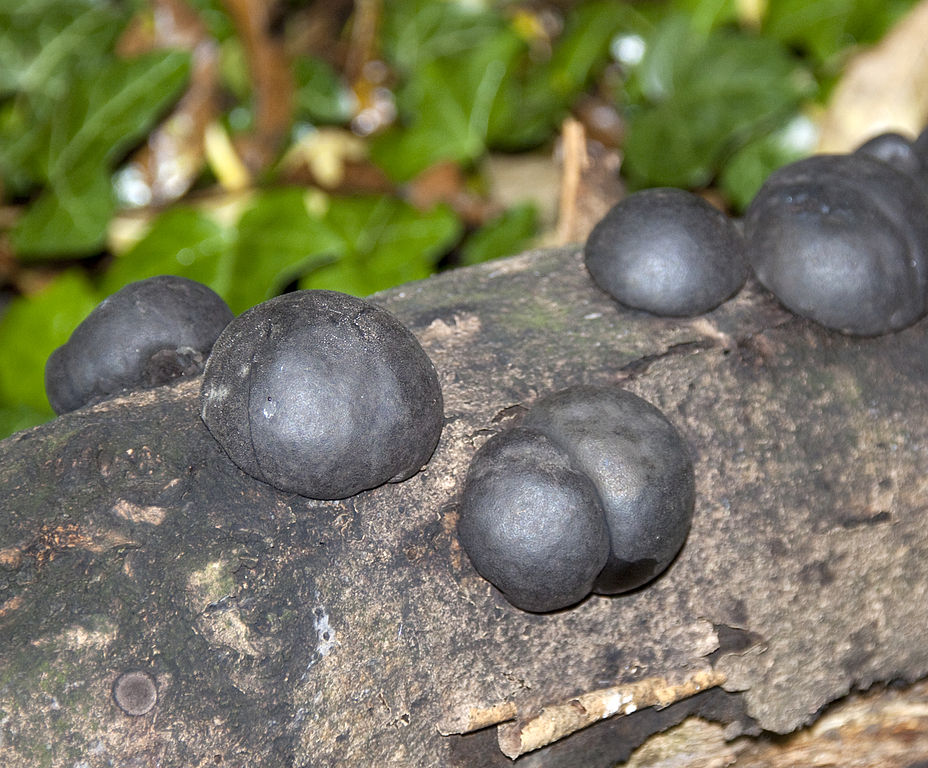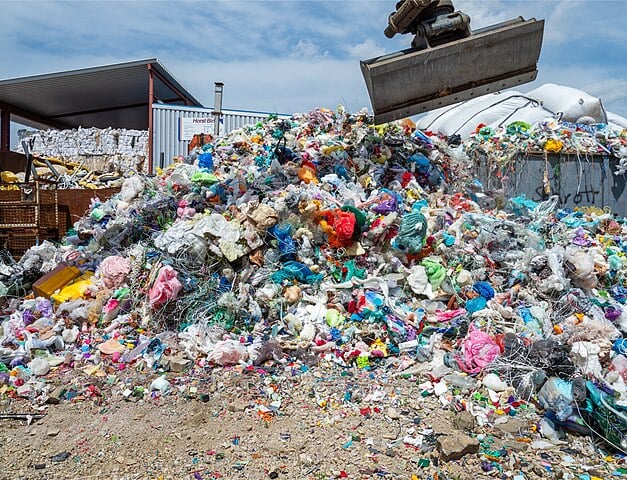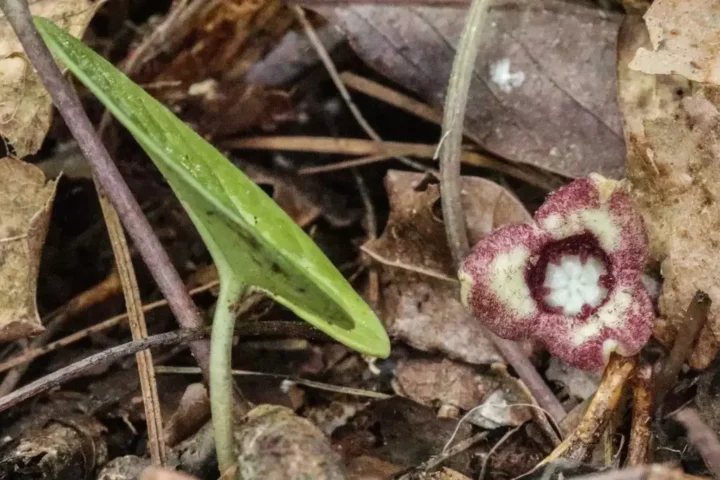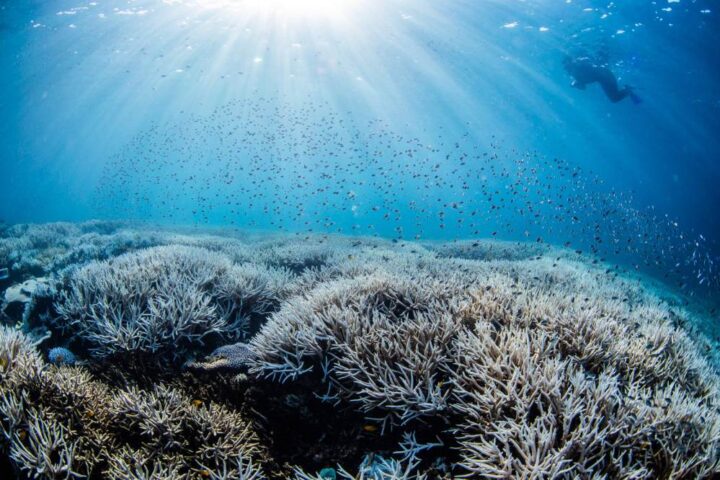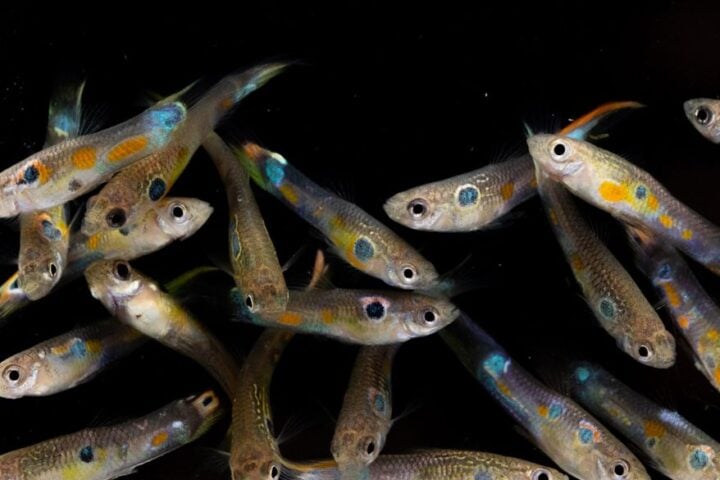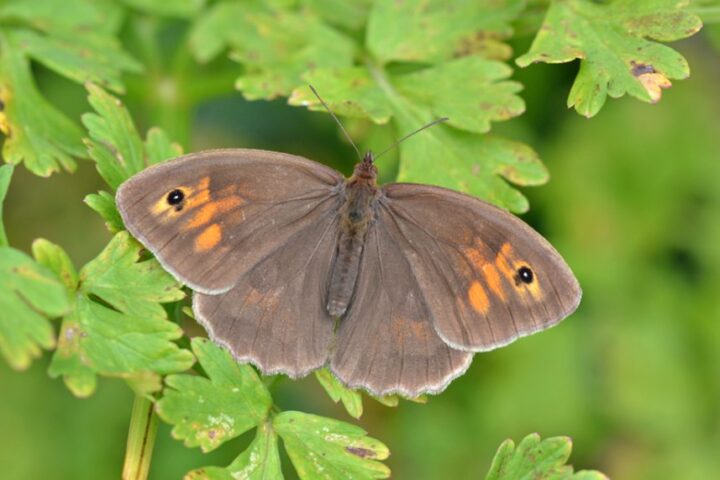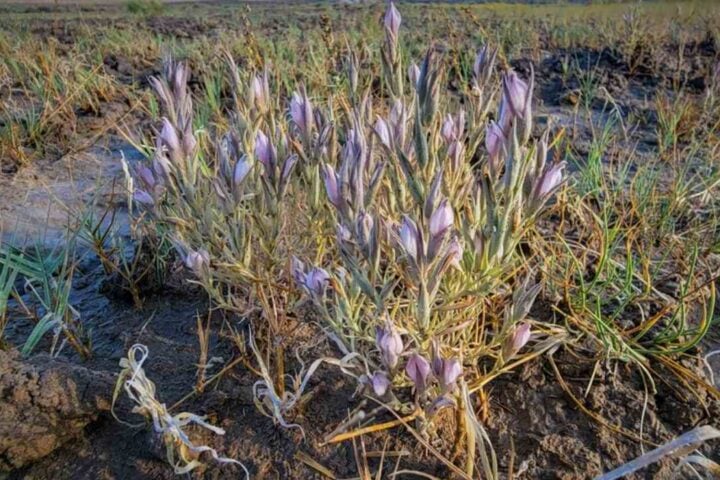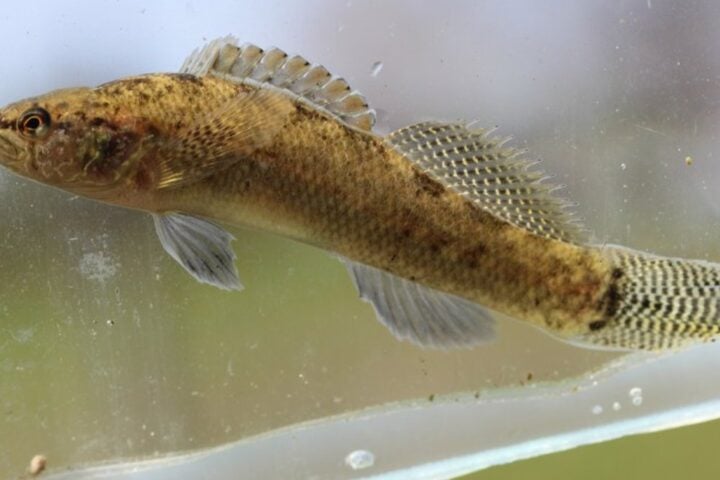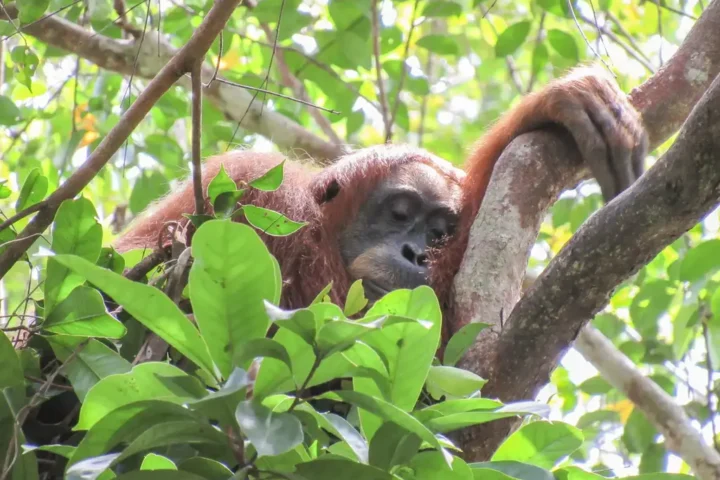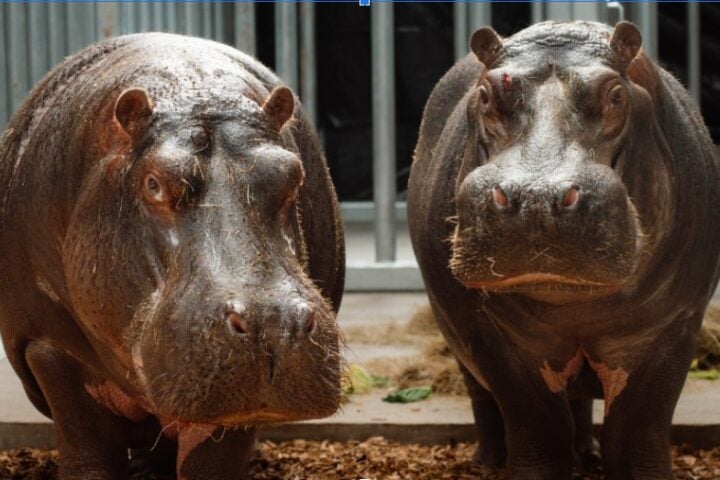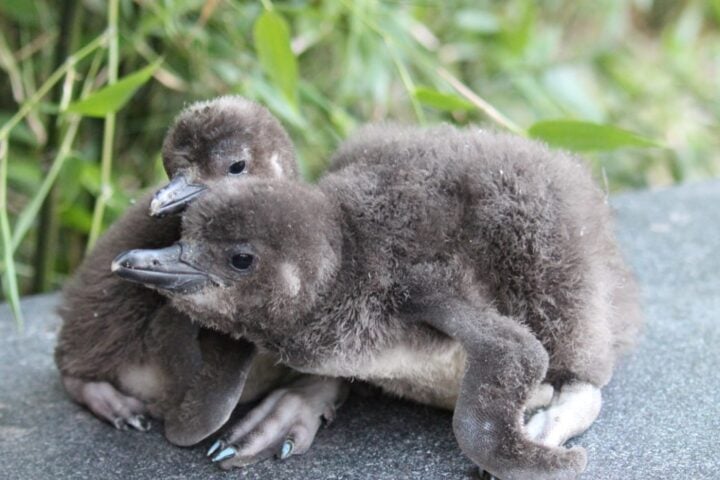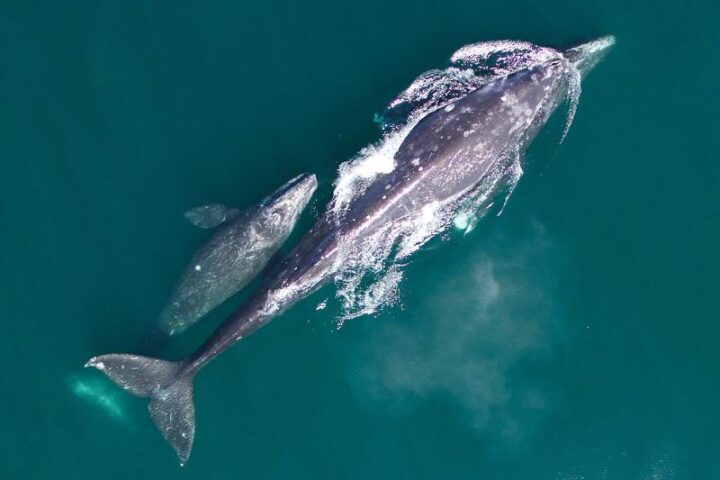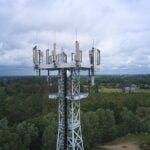After the 1986 Chernobyl nuclear disaster, scientists discovered something remarkable amidst the radioactive ruins: thriving colonies of black fungi. These melanin-containing microorganisms weren’t merely surviving in one of the most hostile conditions but they also appeared to be benefiting from the ionizing radiation.
Following the catastrophic explosion that released approximately 10^8 Curies of radionuclides into the environment, researchers identified approximately 2,000 strains of fungi (arising from 200 species) within the fourth reactor block of the Chernobyl Nuclear Power Plant (ChNPP). Among the most frequently isolated melanized fungi were several Cladosporium species, including C. sphaerospermum and C. cladosporioides.
These black molds exhibit “positive radiotropism,” in which fungal hyphae grow using ionizing radiation as its source. In studies by Bachand et al., 66% of fungal isolates exposed to beta and gamma emissions demonstrated positive stimulation of growth toward the radiation source.
How Fungi Use Melanin to Process Radiation
These fungi survive because of the melanin—a blackish pigment concentrated in the fungal cell wall. It assembles itself into multiple concentric layers approximately 100 nm thick. Melanin protects against radiation and high temperatures; however, in these fungi it plays a different role.
Dadachova et al. (2007) demonstrated that melanized fungi exposed to high levels of radiation disrupt electron transfer properties, ceasing the growth. To counter this, researchers suggest that melanin may function similarly to chlorophyll. Through a process termed “radiosynthesis,” melanin may convert ionizing radiation into chemical energy for fungal metabolism.
Growth Response to Different Radiation Types
A key question to understand is how radiotropic fungi utilize the electromagnetic spectrum to grow. To understand this, researchers exposed C. cladosporioides and Paecilomyces variotii to two distinct electromagnetic wavelengths: ultraviolet (UV) light and gamma rays.
The results revealed surprising patterns:
- Growth rates: C. cladosporioides grew at an average rate of 3.4 ± 0.3 mm/day across all treatments, while P. variotii grew at approximately 5.6 ± 0.9 mm/day. Contrary to expectations, no statistically significant differences in growth rate were observed between control, UV-irradiated, and gamma-irradiated samples for either species.
- Pigmentation changes: Both fungi showed significant differences in pigmentation following radiation exposure, as UV irradiation increased pigmentation in both species and Gamma irradiation decreased it.
This decrease in pigmentation under gamma radiation was unexpected, as melanin production was hypothesized to protect fungi in gamma-irradiated environments.
One key challenge researchers face while conducting these experiments is normalizing energy absorption across different radiation types. For example, when comparing a Cs-137 gamma source to a UV lamp, researchers had to calculate equivalent energy deposition rates to apply appropriate filters to achieve comparable exposure conditions.
Similar Posts
Space Experiments: Fungal Growth in Cosmic Radiation
Beyond Chernobyl, researchers have studied these fungi in another extreme radiation environment—space. In experiments aboard the International Space Station (ISS), C. sphaerospermum showed remarkable growth when compared to Earth-based controls.
Shunk et al. (2020) showed that C. sphaerospermum cultivated aboard the ISS had a growth rate 1.21 ± 0.37 times higher than ground controls, potentially indicating a radioadaptive response.
Alongside space explorations, the unique properties of melanized fungi offer potential applications in various fields:
- Radiation protection: The melanin can inspire the development of biological radiation shields. Live fungal biomass with high water content may provide excellent protection against particle radiation, particularly Galactic Cosmic Radiation (GCR).
- Bioremediation: In environments like Chernobyl, where conventional cleanup is dangerous, these fungi might help contain or reduce radiation levels through natural absorption processes.

Future Research Directions
Looking ahead, researchers suggest several promising directions:
- Examining fungal response to a defined range of energies and different types of radiation (neutron, beta) to develop a more fundamental understanding of radiotropism and radiosynthesis.
- Evolving the fungi by sequential passage under continuous irradiation enhancing their radiation-absorbing capabilities.
- Exploring additional extremophile fungi species that show similar radiotropic tendencies.
- Investigating the integration of fungal biomass with other materials to create effective radiation shields for space applications.
